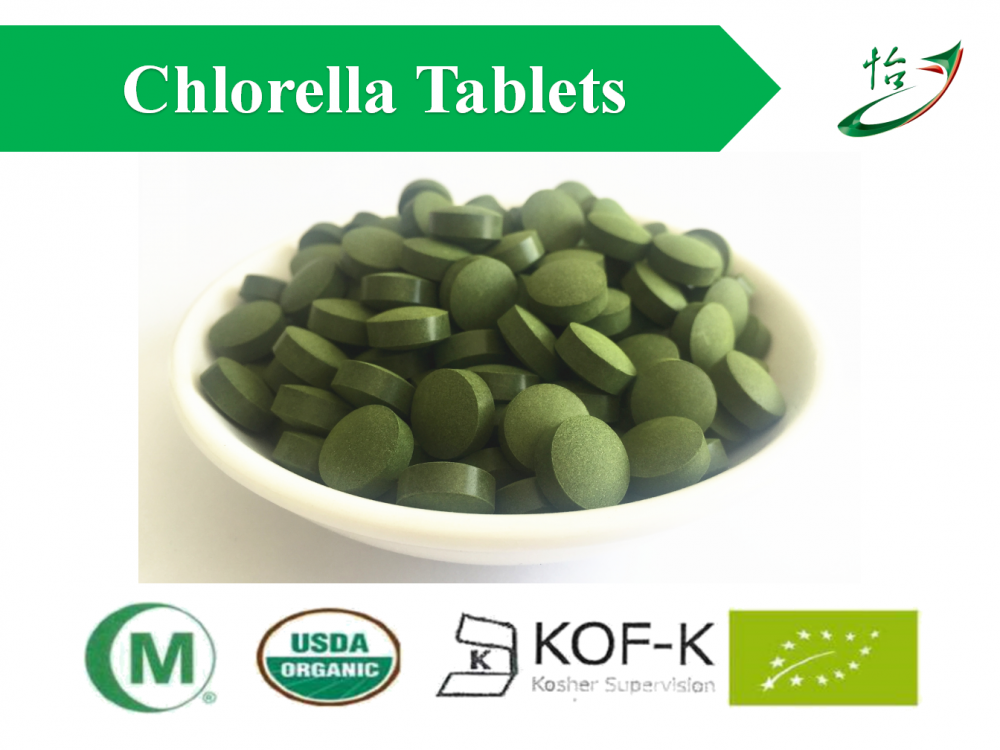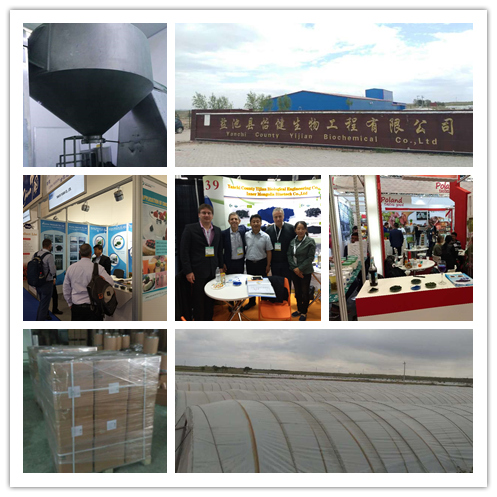Temperature culture technology of white shrimp in South America
The cultivation of aquaculture ponds and warm greenhouses can only be used to raise the ponds of Penaeus vannamei. This is because it is difficult to cover the greenhouses too much, and the aquaculture area is generally 1-8 acres. Rectangular, 50-100 meters long, 10-50 meters wide and 1.3-1.8 meters deep. The greenhouse should not be built too high, too high wind blocking capacity, and waste of material, herringbone-shaped bottom edge and the pool edge close. The greenhouse was built into a herringbone scaffold, like a house. The width of the herringbone is exactly the width of the pond and the length is the length of the pool. Use fir or bamboo as a pillar, and use tight ropes between the two pillars so that the shed does not sway. The roof is covered with a heat-insulating film or woven fabric with 80% light transmittance. Pull a rope around the meter and weave it to the left and right so that the film can be pressed against the wind. A 1-kilowatt aerator is set for every 3 mu and an aerator is opened 24 hours a day for ventilation and oxygenation. If the weather is good, the temperature is high, there is the sun, and the insulation film can be opened at 2-5 pm for ventilation.
Preparation before Shrimp Shooting Before stocking Penaeus vannamei, the pond must be cleaned, cultured, and adjusted for salinity.
First, clear pond: new shrimp ponds should be advanced water 20-50 cm, soaked 2-3 times. For the old shrimp ponds, the pond must be dried first, then exposed to sunlight, and then the sludge and debris should be cleaned and finally disinfected. The advanced water is 20-30 cm, and it is splashed with 50 kg of bleaching powder or 100-150 kg of quick lime per 1 mu. If the pond is more acidic or has more humus, bleach can not be used. Only quicklime can be used. After 2-3 days after application, the pool water is drained and the water is then poured into 20-30 cm. Each 1 acre is soaked with tea cake and sprinkled in the whole pool. At this time, the pool water will not drain, because the tea cake has the role of fat pond.
Second, the bait organisms culture: After a thorough clearing pond disinfection, the inlet is equipped with 60 mesh funnel screen mesh, drain port installed on a 40 mesh flat net, and then into the water 60 cm, and then fertilize the cultured food organisms. Each mus of 1.5-2 kg of urea, 0.5-1 kg of phosphate fertilizer, dissolved in water and splashed in the whole pool. After 2-3 days, look at the color of the pool water for a top dressing. After a week of water quality training, the color of the pool water changed to dark brown or yellow-green, indicating that there is already a considerable amount of algae in the pool water. The transparency of the pool water is 30-40 cm.
Third, the treatment of salinity: because the Penaeus vannamei is a marine shrimp, is in the salinity of 25 ‰ -32 ‰ of the pool water cultured, the shrimp should be placed in a large pond breeding, the salt must be added to the pond , otherwise shrimp will not survive. There are three ways to add salt: 1 Add seawater. If the farm is not far from the sea, you can use the ship to transport the seawater. Before the release of seedlings, add 60-70 tons of salinity per 1 mu for 30‰-32. Sea water. Adjust the salinity of the pool water to 3‰-4‰; 2 Place underground salt water, pump underground salt water into the pond, add water quality improver, adjust the salinity of the pool water to 3‰-4‰, water depth 50- 60 cm; 3 Add salt, and use a colorful plastic cloth to surround a small pool in the pond. The area of ​​the small pond is 1/10 of that of the large pond. Fresh water and salt are added to the small pond so that the salinity reaches 9‰-10‰. The shrimp will be placed in a small pond first, and cultivated for about a week, and then the colored plastic cloth will be removed, and the individual larger shrimp will automatically enter the large pool.
The selection of shrimps and the stocking of shrimps placed in ponds must be selected. The fine shrimps are flexible and bouncy, with a clean body surface, uniform individual size, no deformity, and strong swimming ability. The test method of swimming ability is to put the shrimp seedlings into a white water basin, and then turn the white bowl. If the shrimp seedlings are evenly distributed around the water basin without concentration, it indicates that the shrimp seedlings have strong swimming ability and are high quality shrimp seedlings. In addition, the shrimp seedlings are packed in bags and the shrimp seedlings will form explosive bounces in the bags. The specification of the shrimp seedling is 1.0 - 1.5 cm. In the shrimp and shrimp farms, the shrimp should be gradually reduced to a salinity of 5‰-8‰, so that the salinity of the shrimp farm is close to the salinity of the farm. The difference in salinity between the two parties cannot be greater than 5 ‰.
The density of larvae in the rearing ponds is 230,000 larvae per acre. The aquaculture pond has good environmental conditions and high management level. It can put 4-5 million shrimp seedlings per 1 mu. The water quality conditions of the shrimp ponds before the release of the seedlings should be tested in advance, and the seedlings should be planted in the morning or evening in good weather. When the seedlings are released, they must avoid cold weather.
The management during the cultivation period during the cultivation is mainly the management of water quality, feeding, and disease.
I. Water quality management: Management in the early stage of planting (from the first day to the 30th day) is mainly to gradually add water in order to improve water quality and increase the water level. If the water is too clear, you must add fertilizer or organic fertilizer to make the water forever. Stay yellow-green or dark brown. Open aerators throughout the day. Mid-term management (30 days to 60 days for seedlings) is carried out at 1-2 ppm bleaching for the whole tank every 10-15 days, and 5-10 ppm teacake can also be used for the whole tank disinfection. Change the water once every 2-3 days, each time the amount of water is about 1/3 of the total pool water. Post-management (day 60 to harvest) is basically the same as mid-term management.
Second, feeding: 1-15 days after planting, if the food is rich, do not feed, 15 days after the start feed, 2 times daily, feeding amount of shrimp body weight 8% -10 %, you can also feed fresh live feed every 2-3 days. In the middle stage, shrimp individuals gradually grow up and no longer feed the algae in the pool water. At this time, the amount of feed should be increased, and feeding should be done 4 times a day. The amount of feed should be about 5% of the shrimp body weight. In the later stage of management, it is fed 5-6 times a day, and the feeding amount is 3% -4% of the shrimp body weight.
III. Disease Prevention and Control: Disease prevention and control is the key to the culture of Penaeus vannamei, and prevention must be strengthened from beginning to end. Before and after the emergence of the seedlings, they must be given a single dose every 15 days in order to facilitate the regulation of water quality and prevent disease. Placing bleach and tea cakes has already been said. Check the water quality and shrimp body at any time during the shrimp raising process, and find that the problem should be dealt with promptly to prevent it from developing.
Harvesting Penaeus vannamei grows quickly in greenhouses, and can reach commercial specifications in more than 70 days, and can be harvested and marketed. During January-February, during the Spring Festival, the number of live shrimp in the winter is small, and there are many people who eat shrimp. The market can sell at a good price. Receiving shrimp can be caught in fixed shrimp cages, captured and kept small, fresh and marketed. You can also drain the pond water and harvest it once.
This classification summarizes the Chlorella Tablets produced by our own factory in northwestern of China .
We have advanced equipment and strict quality control system to ensure the quality and production.

The products under the classification are:
1. Chlorella Tablets .
Various parameter specifications of our product:
Naturland Certified ; CERES certified .
EU & NOP standard ; Kosher & Halal Available .
Low heavy metals & Micro Contents , Low & Stable PAH4 Level ,
PAH4 value is less than 10 ppb .Low microorganismsNon-Irradiation ,
Non GMO , Gluten Free , Allergen Free , Pesticides Free .
Own Factory : Manufacture in northwest of China . Legitimacy , Regularity , Cultural .
Own Lab : Quality control and Product development . Strictly , Creativity , Responsibility .

About Company
Yanchi County Yijian Biotechnol Co.,Ltd
was founded in Dec 2012 ,
by Mr. Dezhi Zhang ,
the legal representative of the company .
Company registered capital is 10 million RMB .
The main business sectors are culture , processing , internal sales , import and export trade of Organic Spirulina and Organic Chlorella products .
Yijian is known globally as one of the major suppliers of microalgae products across the world .
Annual production rate is 600 Mt .
Average annual sales income is around 5 million dollar .
Chlorella Tablets
Chlorella Tablets,Organic Chlorella Tablet,Organic Chlorella Powder Tablet,Chlorella Powder Tablet
YANCHI YI JIAN BIOLOGICAL PROJECT CO.,LTD , http://www.spirulina-yj.com